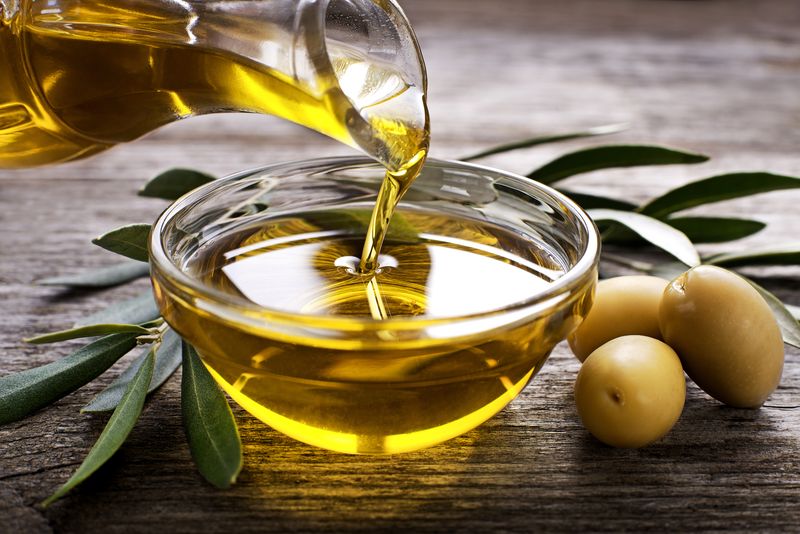Concerns Mount Over Olive Oil Shortage in Spain

Olive oil stocks in the world’s largest producer could be exhausted before the start of the next harvest.
The latest market data published by Spain’s Ministry of Agriculture, Fisheries and Food (MAPA) show that olive oil stocks fell to 455,000 tons at the end of June.
There has never been a situation like this one where, off the back of a historically poor harvest, another one is also expected. We are in a situation where prices will continue to grow until May of next year.
By comparison, stocks at the end of June 2022 sat at 809,000 tons, finally arriving at 454,600 tons in September 2022, the last month of the 2021/22 crop year.
“We are going to arrive in October with almost zero stock,” Juan Vilar, a strategic consultant for the sector, told Olive Oil Times.
While the olive oil market historically tends to experience relative inactivity in July and August, activity returns in September.
Fears of an olive oil shortage have seen historically high olive oil prices at origin continue to rise. According to data from Infaoliva, extra virgin olive oil is selling for €7.625 per kilogram, nearly 125 percent higher than in July 2022.
Prices for virgin olive oil and lampante olive oil at origin are also at record highs but have not increased as sharply as extra virgin prices due to higher levels of availability relative to demand.
How olive oil prices will evolve in the coming months depends primarily on whether rain arrives in the Andalusian olive groves in September, October and early November.
“That rain has two effects,” Vilar said. “It will improve the weight of the existing olives, which could increase production a little. But it also has another problem: if it rains during the campaign, it will cause the price to rise more” because it will not be possible to harvest all the olives on time.
Alarm bells about the situation facing the olive oil market also sounded in Brussels, home to the European Commission, where various agricultural groups warned about the state of the olive oil sector at a recent meeting of the Civil Dialog Group on the Agricultural Market.
A representative from Copa-Cogeca, the influential union of farmers and agricultural associations, predicted that Spain’s harvest in the 2023/24 crop year would not exceed 800,000 tons, which would keep pressure on prices.
Vilar agreed that next year’s olive oil yield will be similar to the 663,000 tons produced by Spain in 2022/23. As a result, he said prices would likely continue rising until May.
“There has never been a situation like this one where, off the back of a historically poor harvest, another one is also expected,” he said. “We are in a situation where prices will continue to grow until May of next year.”
A Federation of the E.U. Olive Oil Industry (Fedolive) representative also warned that yields in Greece and Portugal, Europe’s second and fourth-largest producers last year, respectively, are also expected to decline.
While the prospect of back-to-back below-average harvests in Europe has caused concern in Spain and Brussels, rising olive oil prices resulted in record-high sales by value for two of the world’s largest sellers in 2022: DCOOP and Jaencoop.
Read also
Wheat in Southern Brazil Impacted by Dry Weather and Frosts
Oilseed Industry. Leaders and Strategies in the Times of a Great Change
Black Sea & Danube Region: Oilseed and Vegoil Markets Within Ongoing Transfor...
Serbia. The drought will cause extremely high losses for farmers this year
2023/24 Safrinha Corn in Brazil 91% Harvested
Write to us
Our manager will contact you soon



